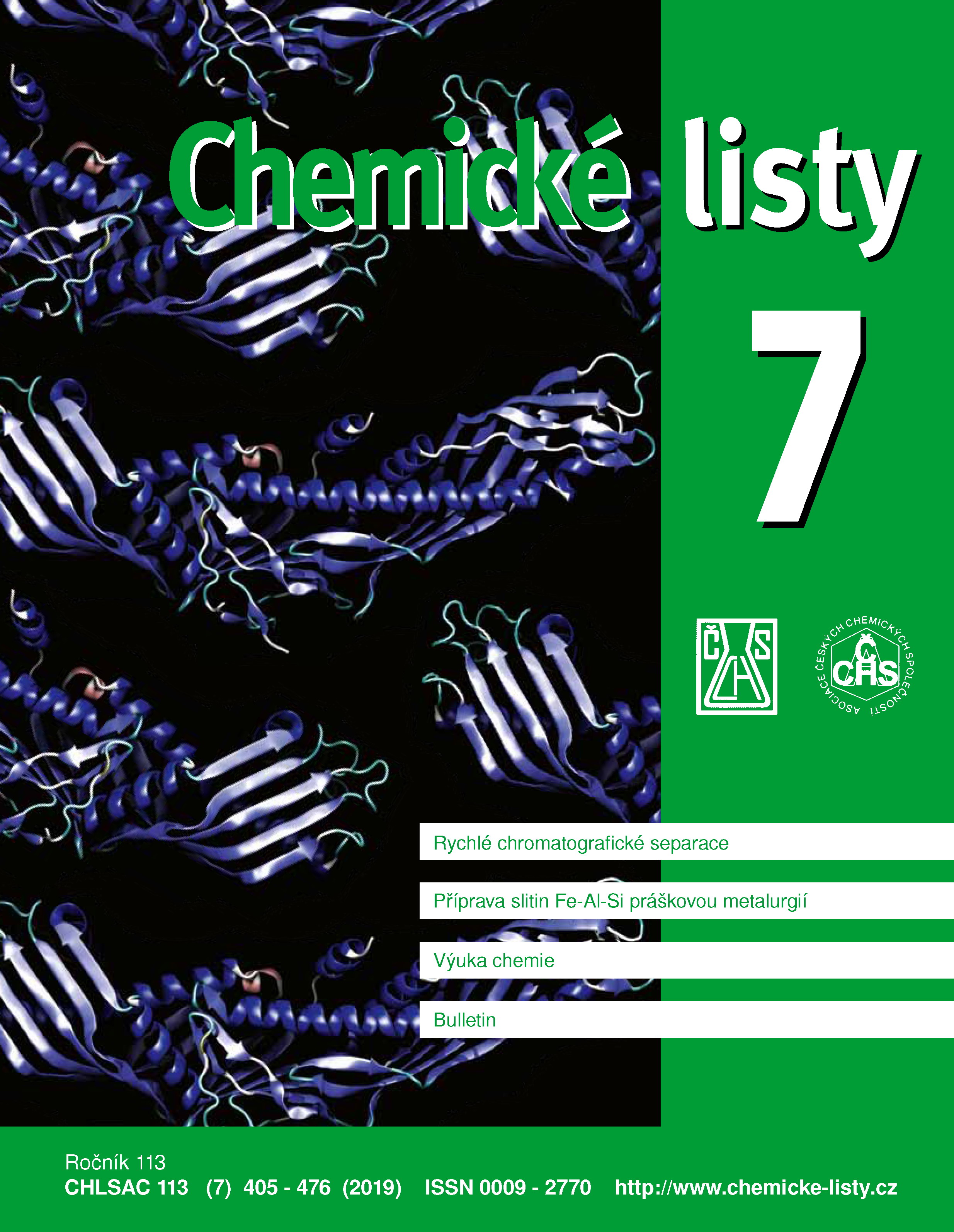The Effect of Alcohol on Opiate Drugs Release from Matrix Tablets
Keywords:
tramadol, prolonged release, alcohol resistance, ethanol, matrix tabletsAbstract
Tablet matrices are widely used for prolonged release drug delivery. If an alcoholic beverage is ingested simultaneously, the release characteristics of prolonged release formulations can be modified, causing dose dumping which may threaten patient's safety. The presented study deals with the formulation of three different matrices using Methocel K15M, Kollidon SR and Parteck SRP 80, commercially available matrix forming polymers. The influence of hydroalcoholic media on hydration and drug release from the mentioned three types of matrices using tramadol hydrochloride as a model drug substance was investigated. The prepared formulations did not fail in hydroalcoholic media and clearly indicates that matrices produce consistent drug release with no signs of a potential dose dumping. Small differences in drug release profiles were explained in terms of hydration and hydrophilic/hydrophobic interactions between the drug substance and the matrix forming polymers.





